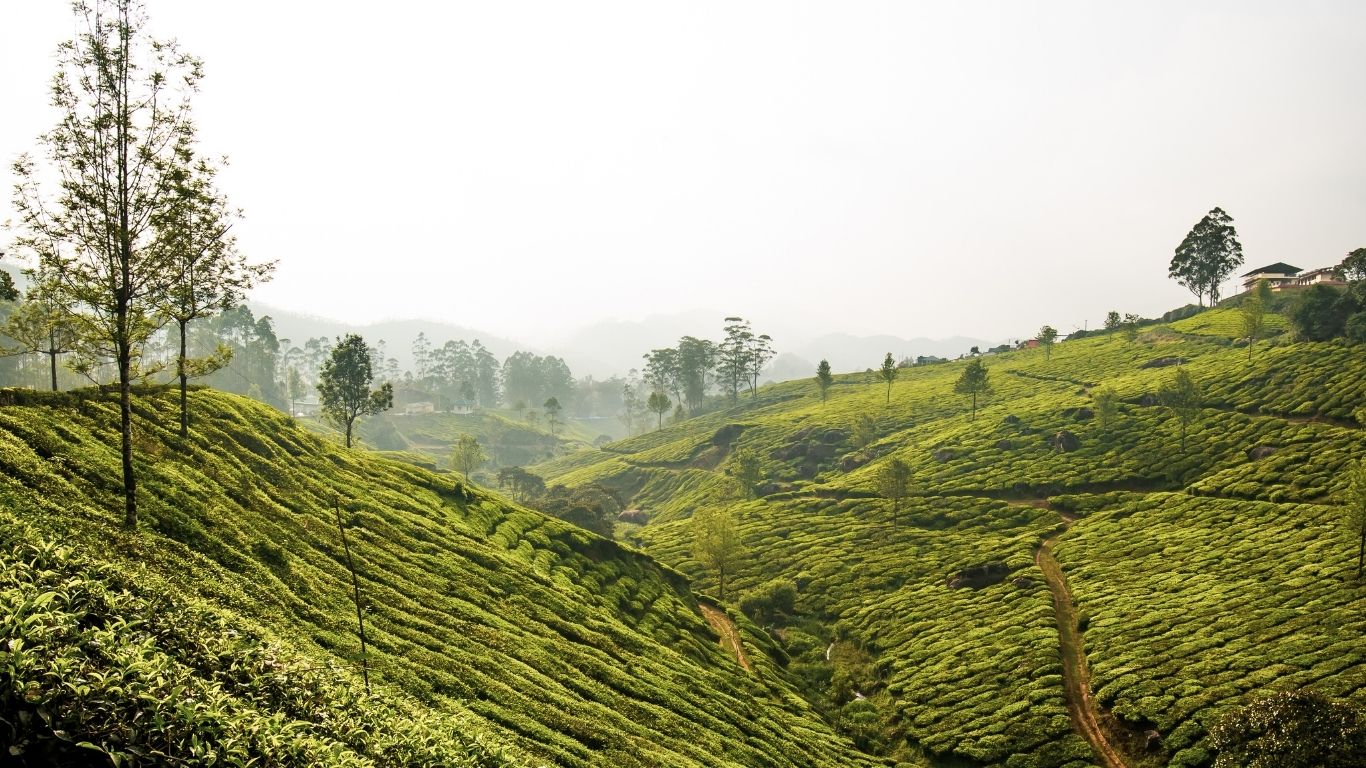
As the winter recedes and the air warms gently across the southern Indian peninsula, February unfolds as one of the most rewarding months for nature enthusiasts and trekkers. The forests of South India, rich in biodiversity and interwoven with ancient tribal trails, become especially inviting during this time. Unlike the harsh cold of the north or the early summer heat of later months, February offers a balance of pleasant weather, lush vegetation, and active wildlife, ideal conditions for forest treks.
The Western Ghats, Nilgiris, and Eastern Ghats host a range of forested landscapes, from evergreen sholas to dry deciduous jungles. These terrains are not just visually stunning, but also deeply spiritual, often dotted with hidden temples, sacred groves, and tribal hamlets. This article explores the most captivating jungle trails in South India that are best experienced during February, along with insights into what makes each unique and worth exploring.
- Periyar Tiger Reserve, Kerala
Located in the Western Ghats of Kerala, Periyar Tiger Reserve is one of the most biodiverse regions in India. February brings a mix of dry and green forest areas, allowing trekkers to witness a wide variety of flora and fauna. One of the highlights here is the nature walk and bamboo rafting combination, which takes you through semi-evergreen and moist deciduous forests.
Treks here often pass through zones inhabited by elephants, giant squirrels, sambar deer, and even elusive tigers. The presence of the Periyar Lake adds a serene touch to the landscape, offering opportunities for tranquil waterside hikes.
- Agumbe Rainforest Trail, Karnataka
Often referred to as the “Cherrapunji of the South,” Agumbe is renowned for its high rainfall and dense rainforests. While the monsoons render these trails slippery and inaccessible, February offers dry, clear pathways perfect for exploration. The forests here are home to the king cobra, lion-tailed macaques, and several endemic species of amphibians and reptiles.
Trekking in Agumbe takes you through thick canopies, over mist-covered hills, and alongside gurgling streams. Sunset Point, Barkana Falls, and the ancient Gopalakrishna Temple are major highlights along these trails.
- Nilgiri Biosphere Reserve, Tamil Nadu-Kerala Border
The Nilgiris offer a mosaic of grasslands and shola forests, home to the Toda tribal communities. February is an excellent time to trek through this biosphere as the weather is cool and dry. The Mukurthi Peak and Avalanche Lake trek present rewarding challenges for those seeking both solitude and stunning vistas.
Wildlife sightings can include Nilgiri tahr, Indian gaur, and a variety of birds like the Nilgiri flycatcher and black-and-orange flycatcher. Many trails here are part of protected areas, so guided treks with permits are recommended.
- Kudremukh National Park, Karnataka
Named after the horse-shaped peak, Kudremukh offers some of the most scenic trekking routes in the Western Ghats. The landscape here combines dense forests, rolling grasslands, and numerous waterfalls. February allows trekkers to enjoy these trails without the leech menace of the monsoon season.
The main Kudremukh trek is a moderately challenging one, suitable for experienced trekkers. Along the way, you’ll pass through untouched forest paths, cross small streams, and reach panoramic viewpoints that open up to the lush valley below.
- Sathyamangalam Forest, Tamil Nadu
Bordering Karnataka and Tamil Nadu, the Sathyamangalam forest range was once infamous as the hideout of forest brigand Veerappan. Today, it’s a thriving tiger reserve and biodiversity hotspot. The forest is a mix of dry deciduous and scrubland terrain, with steep trails and open forest roads.
February provides a great window to experience its unique ecology without extreme heat. Trekking here gives you the chance to explore lesser-known tribal regions and historic watchtowers used by forest officials.
- Araku Valley and Borra Caves, Andhra Pradesh
Though more famous for its scenic train ride, Araku Valley also offers forested trekking opportunities. The trails leading from Araku to Borra Caves cut through dense bamboo groves and coffee plantations. The weather in February is crisp and ideal for day-long treks.
The Borra Caves themselves, formed by the Gosthani River, feature dramatic stalactites and stalagmites and offer a cooling end-point to your jungle trail. Local tribal markets and homestays add a rich cultural dimension to this trekking experience.
- Silent Valley National Park, Kerala
One of India’s least disturbed rainforests, Silent Valley is a biological treasure trove. The park is relatively less commercialized, offering a pure jungle experience. Trekking here in February is ideal due to the mild temperatures and active wildlife.
The park is home to endangered species like the lion-tailed macaque and the Malabar civet. Treks are usually conducted with strict regulation and guidance, preserving the sanctity of the region.
- Anamalai Tiger Reserve (Indira Gandhi Wildlife Sanctuary), Tamil Nadu
Located near Pollachi, the Anamalai ranges present a blend of dense forests, mountain streams, and grassy hilltops. The Top Slip area offers multiple trekking options with forest department guides. February provides clear skies, making longer treks more feasible.
Notable trails include the trek to Elephant Camp, where one can witness elephant care in a semi-wild environment. Birdwatching is excellent here, especially in the early mornings.
Essentials to Carry on a Jungle Trek in February
- Sturdy trekking shoes with ankle support
- Light woolens for chilly mornings
- Plenty of water and energy snacks
- A pair of binoculars and a camera for birdwatching
- Insect repellent and basic first-aid kit
- A local map and permissions if trekking in protected areas
Travel Ethics and Forest Etiquette
While trekking through forests, it is vital to respect the environment and wildlife. Avoid loud noises, do not litter, and stick to marked trails. Engage with local communities respectfully and consider hiring local guides, as they offer valuable insights and help support the local economy.
Trekking through the jungles of South India in February is an immersive way to experience the region’s natural wealth. The forests are alive with bird calls, the air is fresh, and the trails are just challenging enough to be rewarding. Whether you seek solitude, biodiversity, or cultural encounters, these jungle trails offer a unique blend of adventure and introspection.
In choosing to walk these paths, you participate in a tradition as old as the forests themselves, a quiet, reverent exploration that leaves both the traveler and the trail a little richer.


